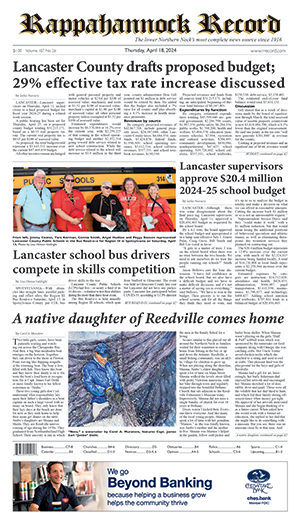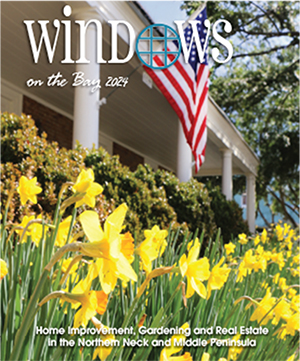Every city has its own hidden treasures, and our Nation’s Capital has many. Last weekend while in Washington for a family gathering, I took my Good Wife and the Younger B.E. to visit the gardens of the Franciscan Monastery on 14th Street, Northeast. We were there for the peak of the tulip blooming season, and able to see thousands of bulbs blossoming forth in every imaginable color.
The tulips were the flowers of the day, but the gardens, set on a hillside, go on along winding paths that feature exotic and native plants of countless varieties. The monastic gardeners allow no weeds or underbrush to creep in, mindfully attending to each plant as if a singleton. The approach might be termed “modified-natural” in that some shrubs are kept clipped, whereas others are allowed free rein to manifest their shape, size, and color.
The numbers of the humans touring the gardens paled in comparison with those of the pollinators, each collecting nectar to take back to its hive ultimately to become honey. Whereas people might not be aware of the gardens, our apian friends clearly target the site as a destination.
Interspersed along the paths are elements from classical Roman buildings in the form of capitals and terracotta plaques from later architectural periods. A large ornamental fishpond is the home to some of the largest koi, the biologically correct name for what most of us would call goldfish, that I ever have seen. The fish seemed to be friendly, perhaps having come to view humans as benefactors ready to toss in a bite from a cracker or cookie. Being far away from tidal waters, their normal predators in the form of cranes and egrets are not there to threaten them.
The friars offer regularly scheduled tours throughout the day, which regrettably we were unable to take, but we plan to join on a future visit. Throughout the park-like setting are religious shrines reproduced from the originals in the Holy Land and Europe. Each is “planted” in the midst of flowers and shrubs to produce an aura of authenticity.
The monastic church is positioned at the top of the hillside, surrounded by the cloister where the monks live. Inside the church is an exact replica of the Tomb of the Holy Sepulchre, the Lord’s burial site in Jerusalem, as well as beautifully painted and sculpted religious images, many of which are in the form of mosaics. The massive central dome towers over the entire setting.
The building was designed by the Italian architect, Aristide Leonori, who combined traditional Romanesque and Gothic architectural elements with Byzantine Revival themes. All of the buildings in the complex are covered with terracotta tile roofing. As the monastery is the home of Franciscan friars, one need not be surprised by the plethora of statues of Saint Francis of Assisi, both indoors and throughout the gardens.
Four blocks up 14th Street the neighboring Benedictine monastery sits on another hill the gardens of which are far less extensive, but architecturally the complex is noteworthy for the monks having had the modernist architect, Philip Johnson, design a residential wing which was to have included a new abbey church that never was built. The Johnson section is in sharp contrast to the traditional English style of the older buildings.
As our mini-tour ended, my Good Wife commented that she never had seen the Franciscan gardens and expressed the wish to return. I mentioned that the friars have some plants blooming throughout the year, and on each visit some new flower would be the featured star of the garden. She concluded by noting that we would be back. For all garden enthusiasts, the visit is both rewarding and rejuvenating.











